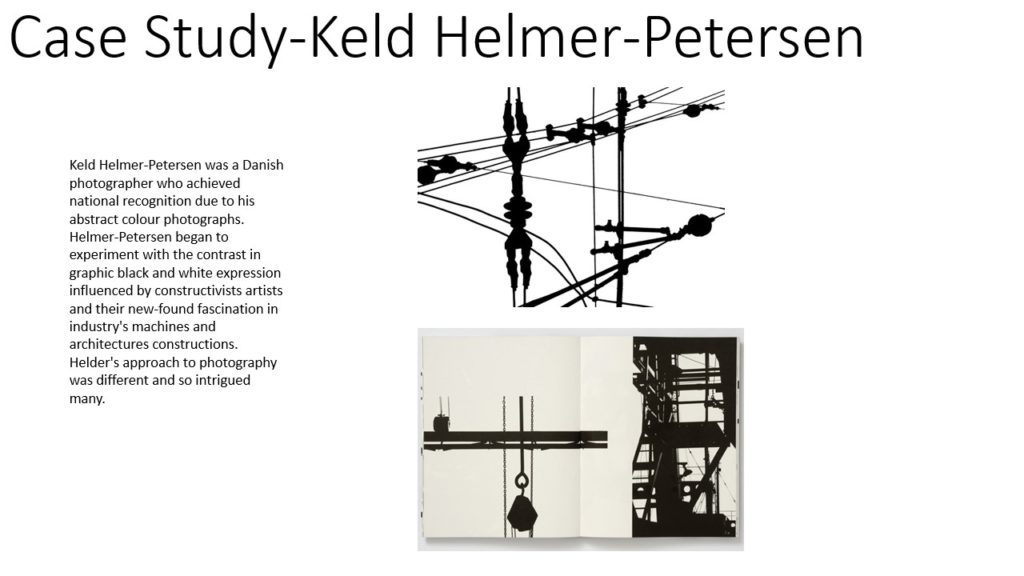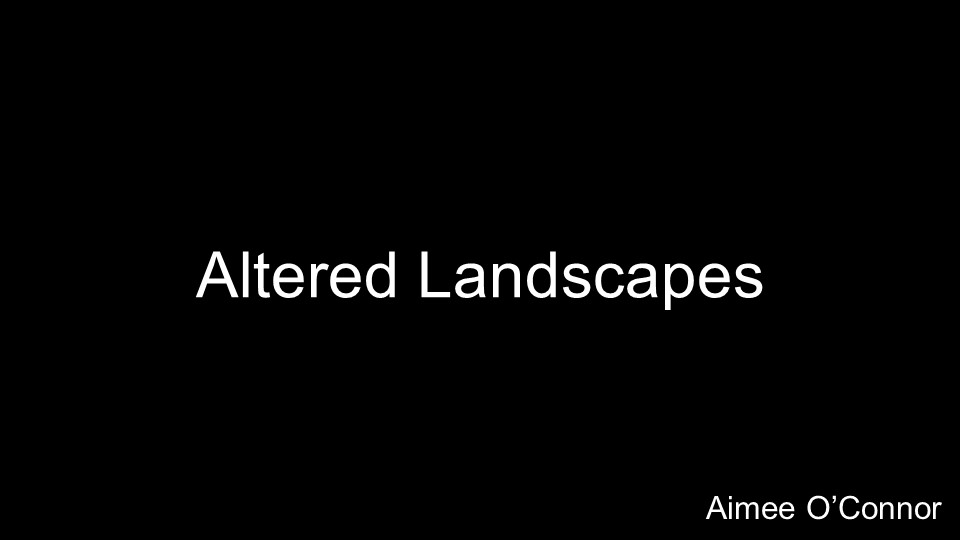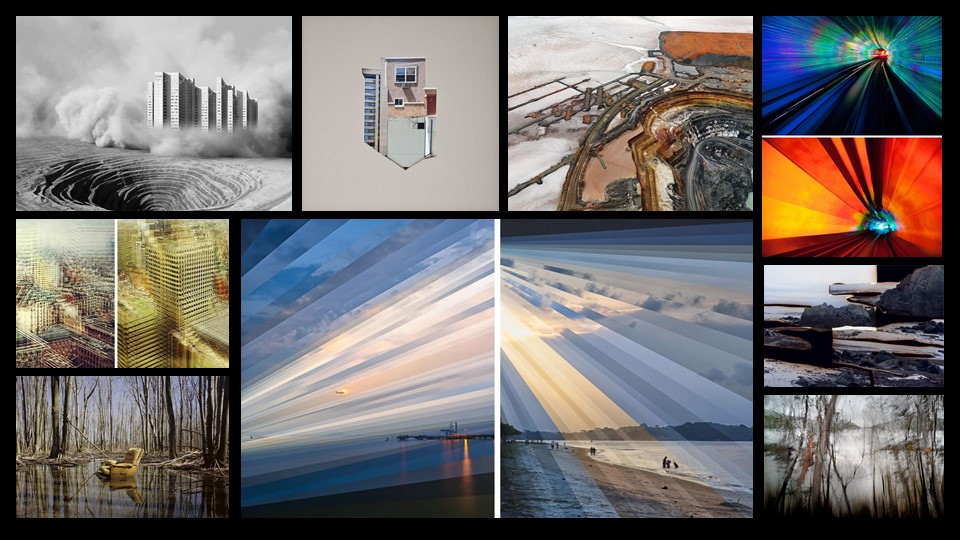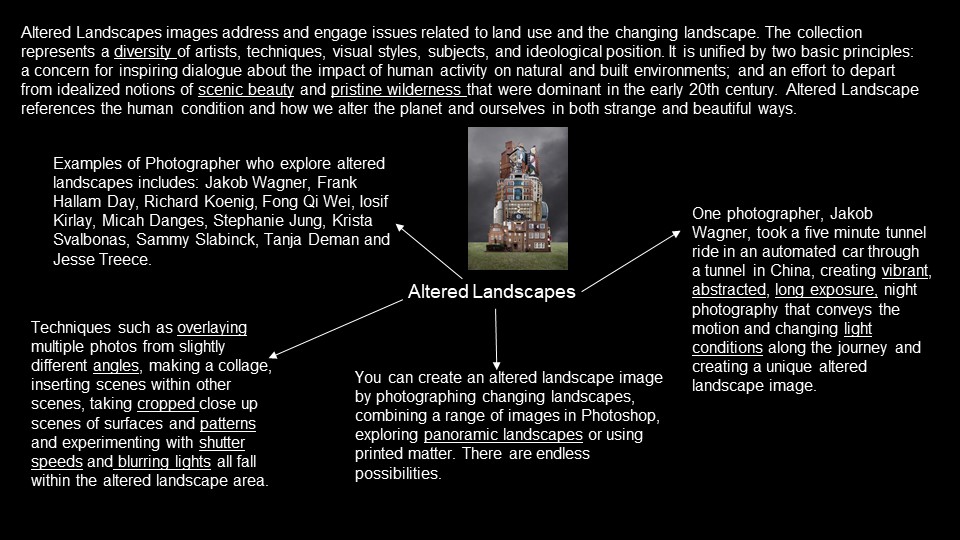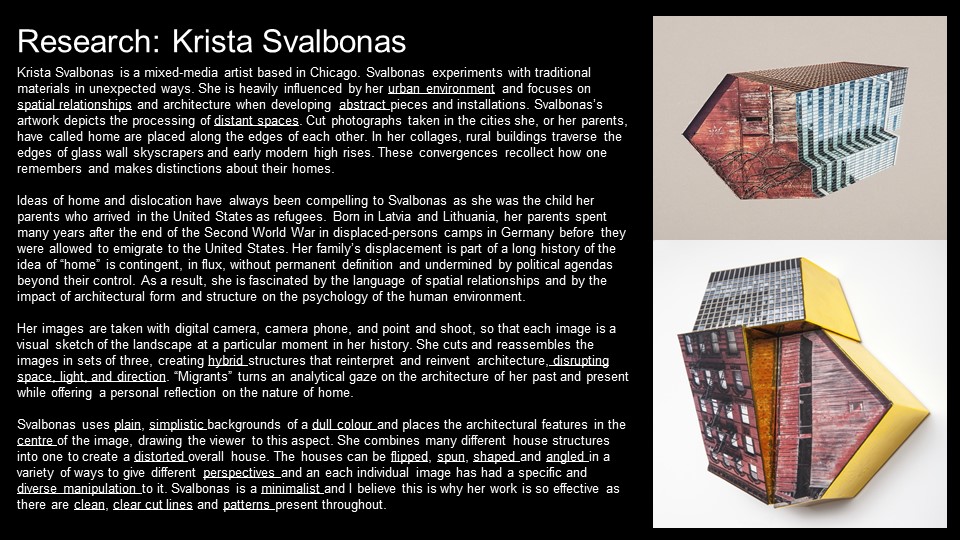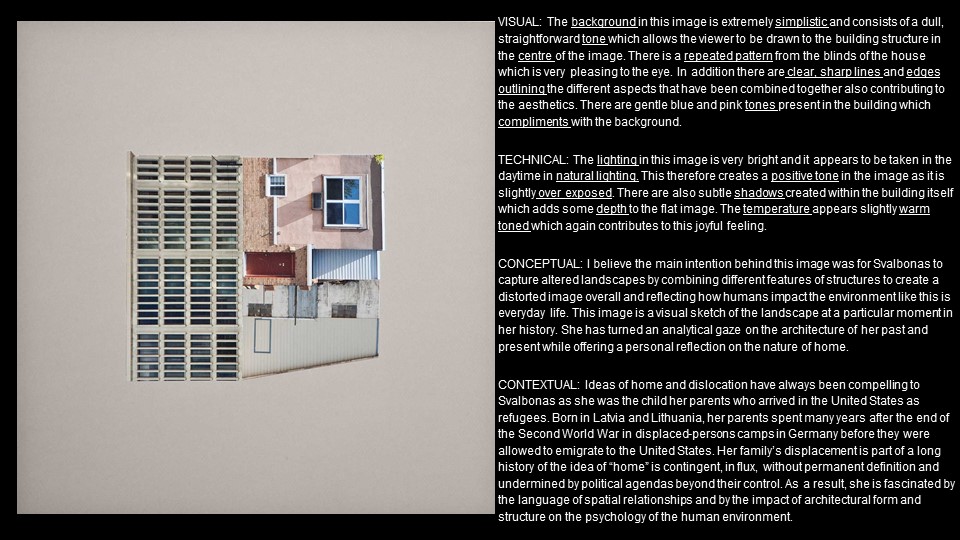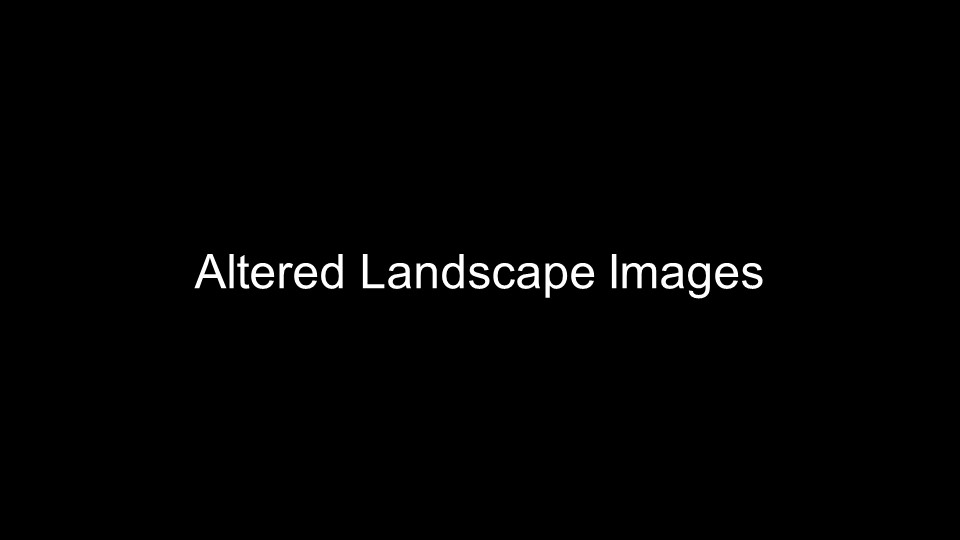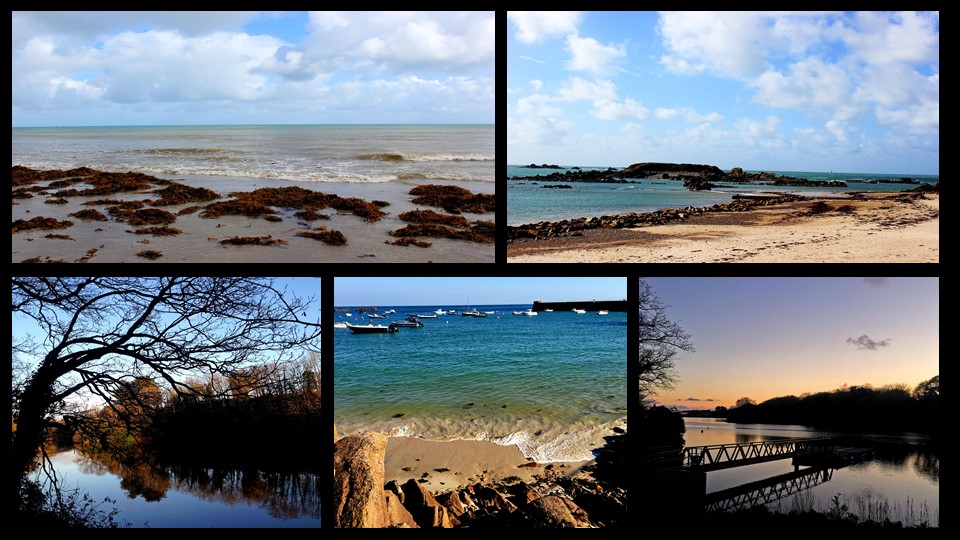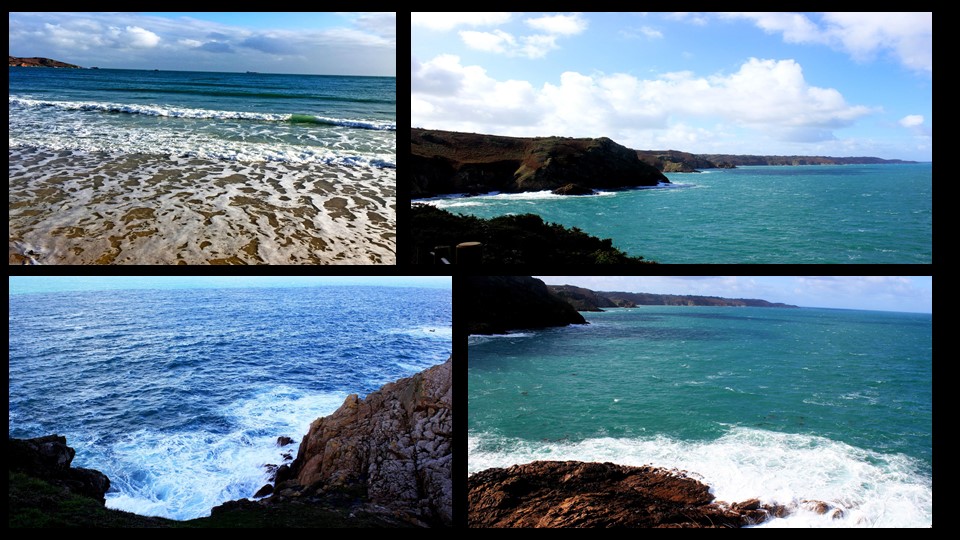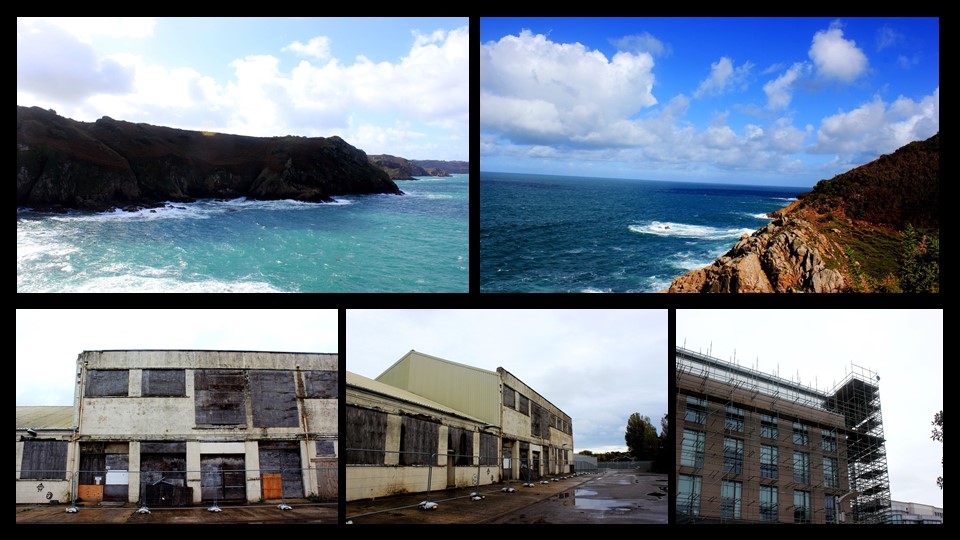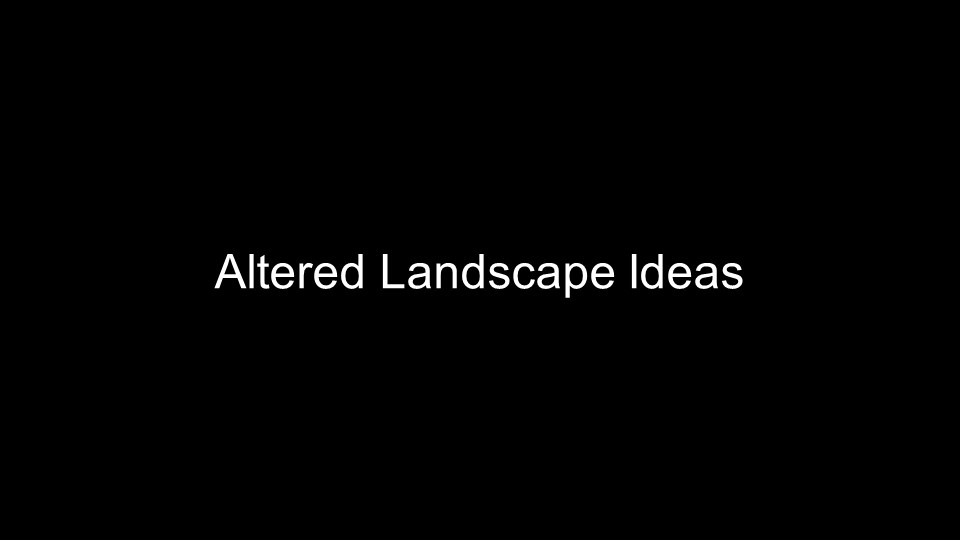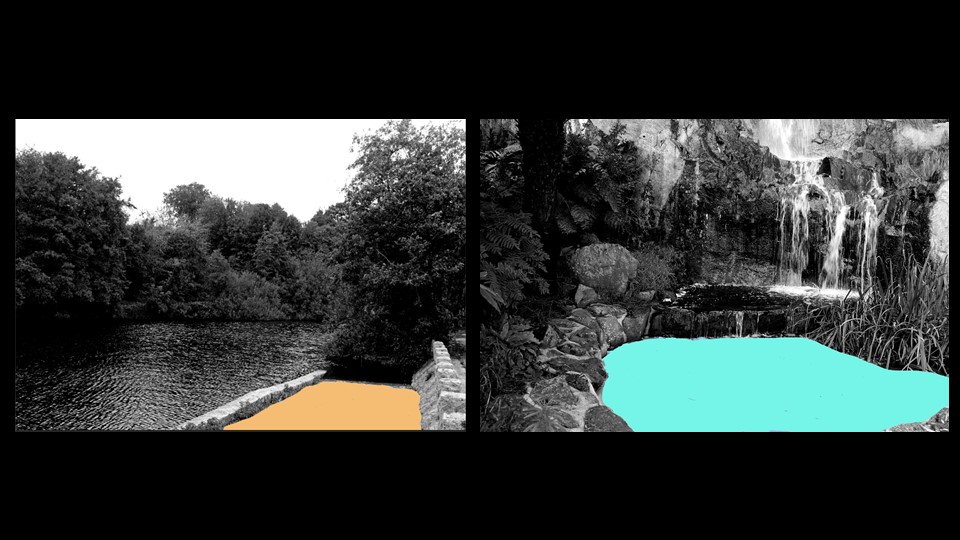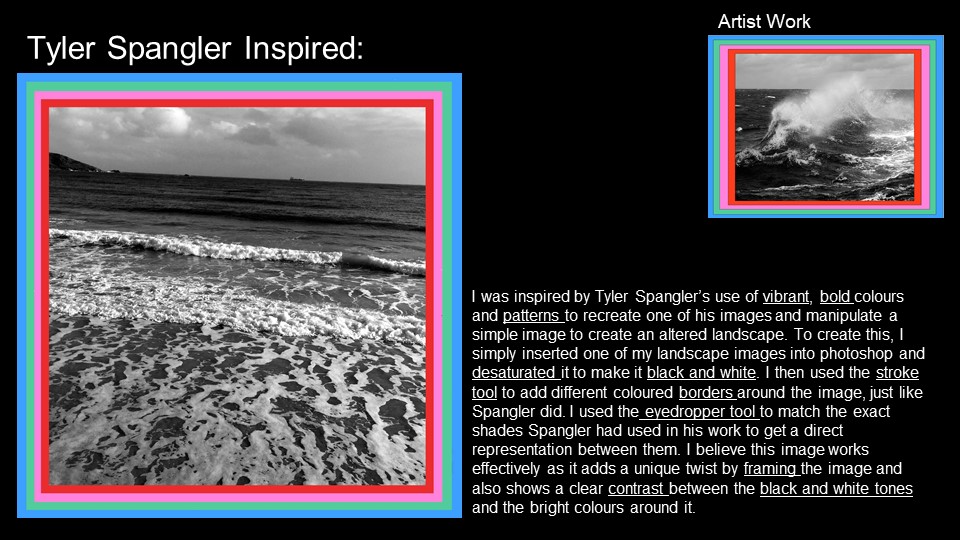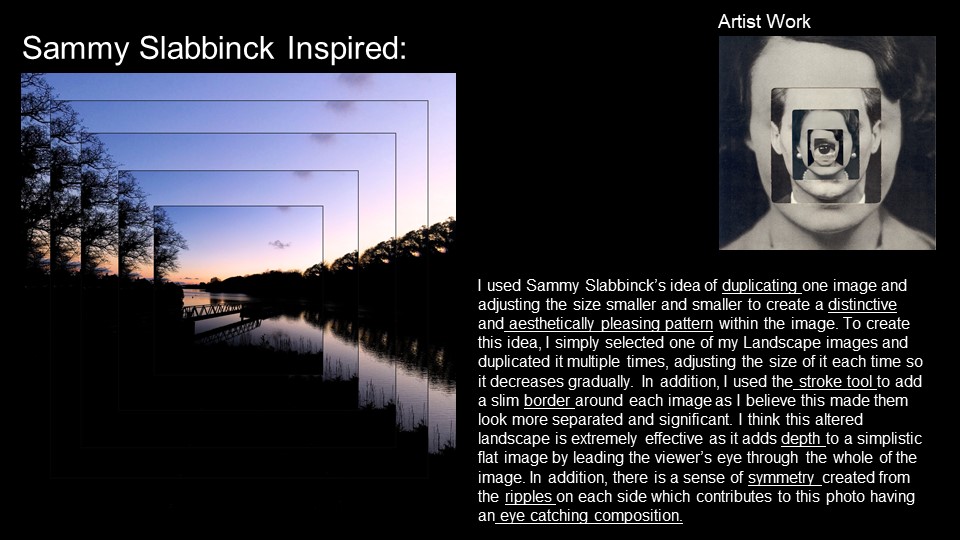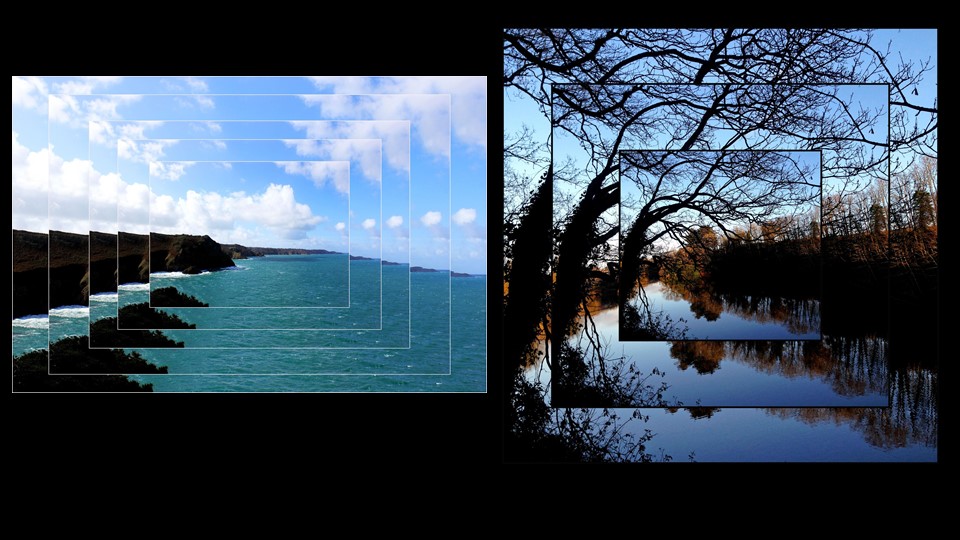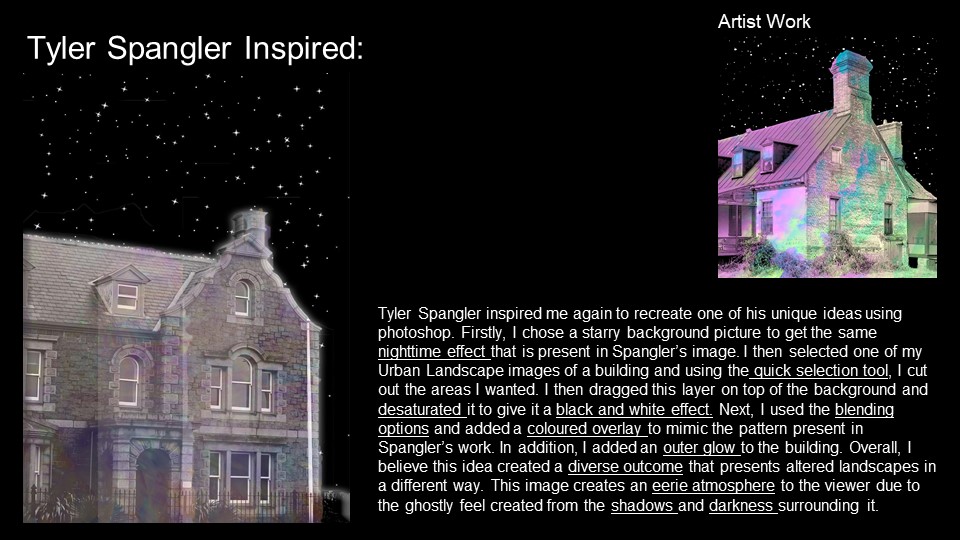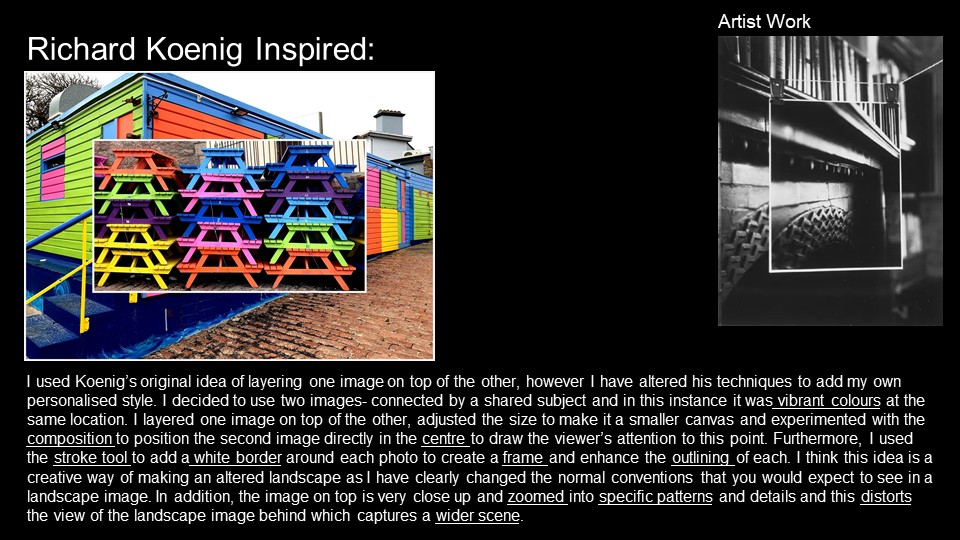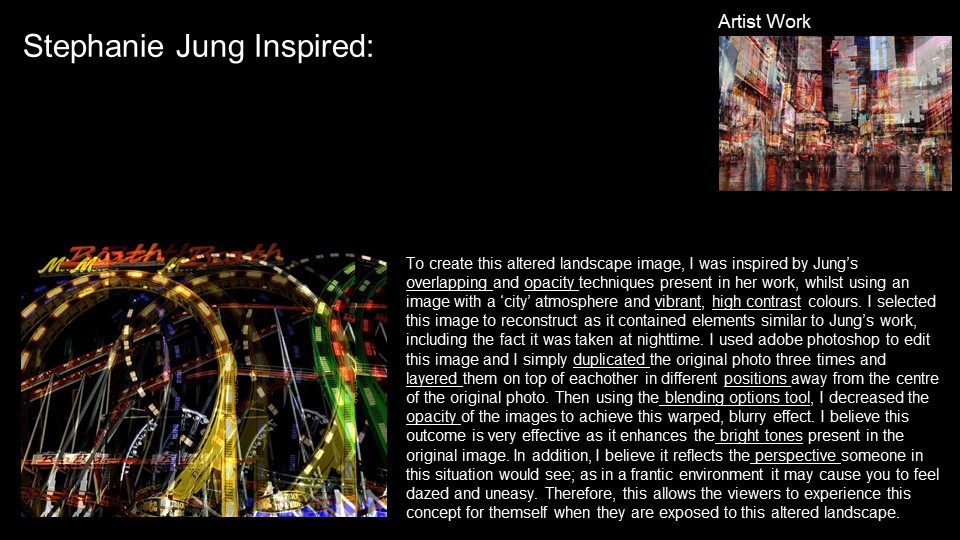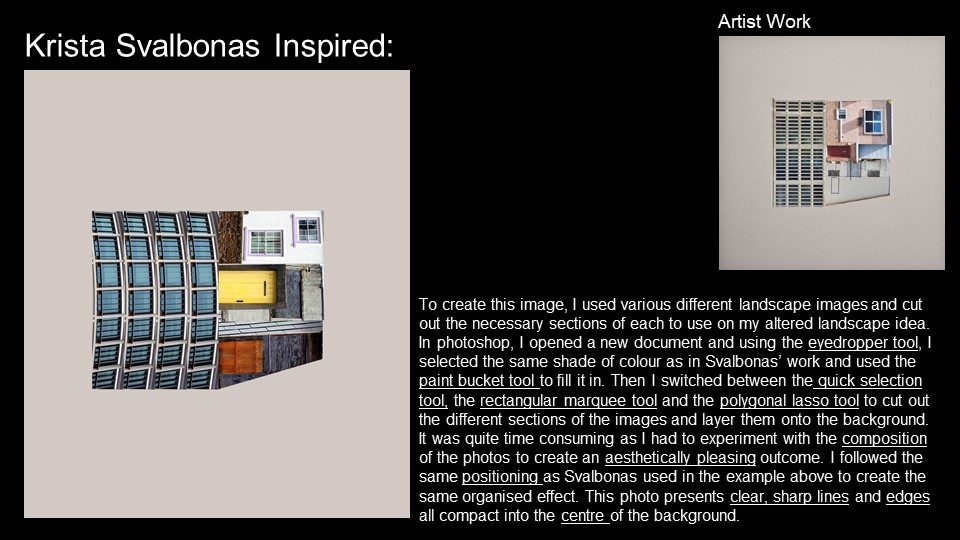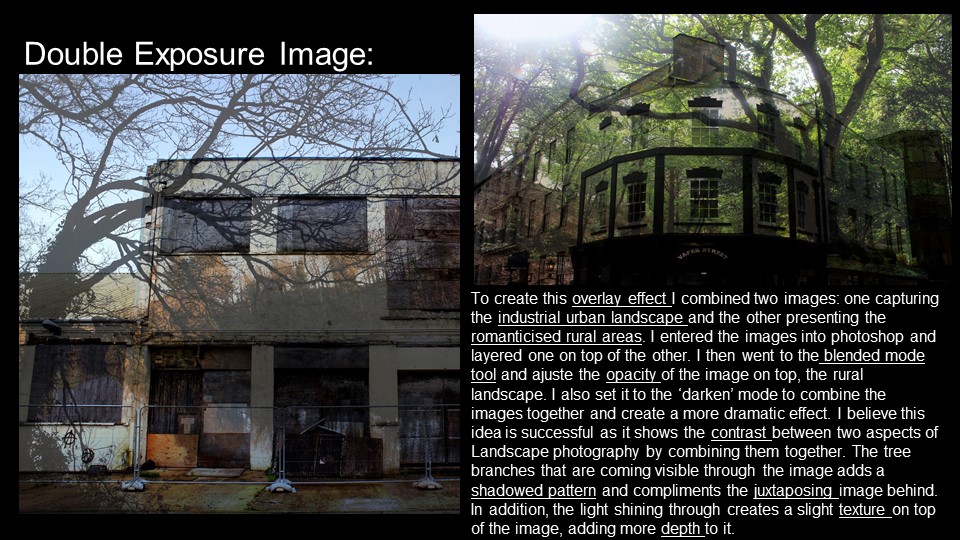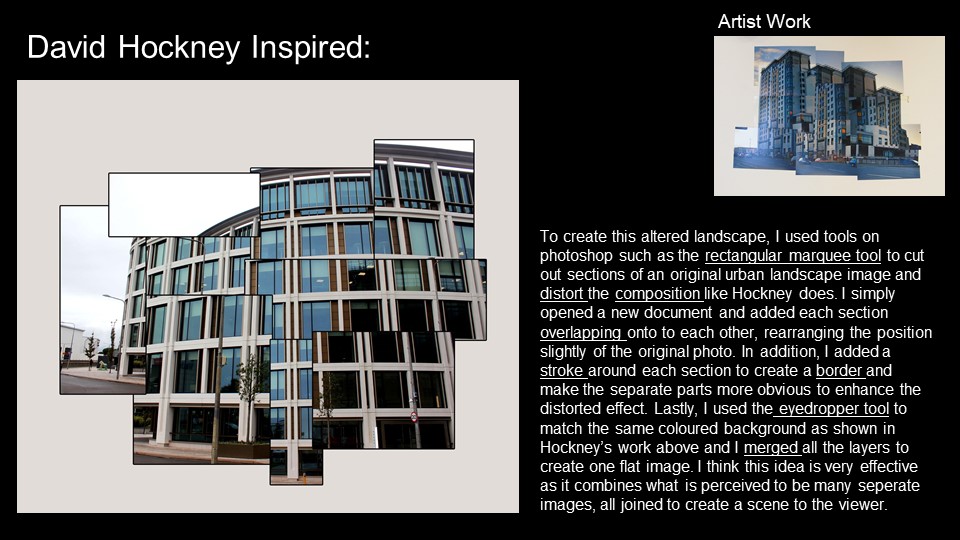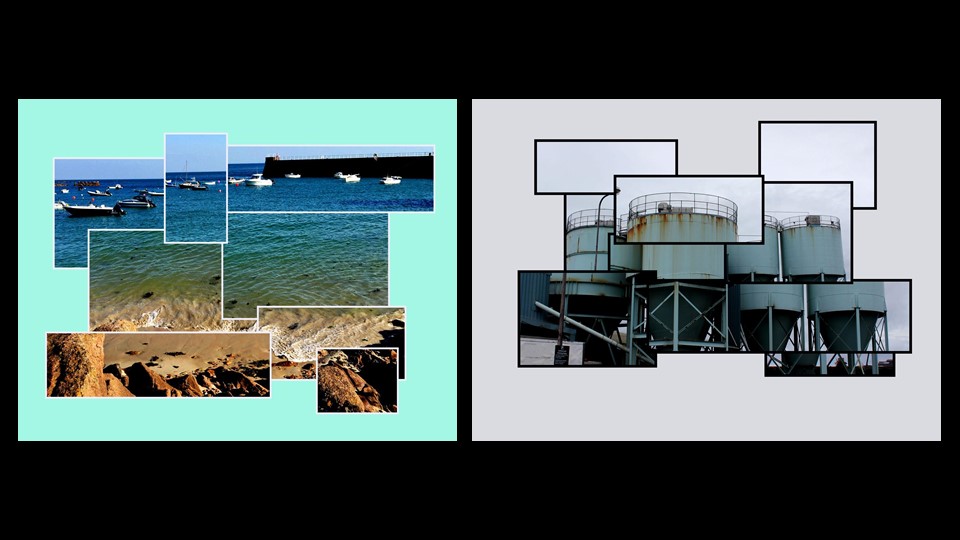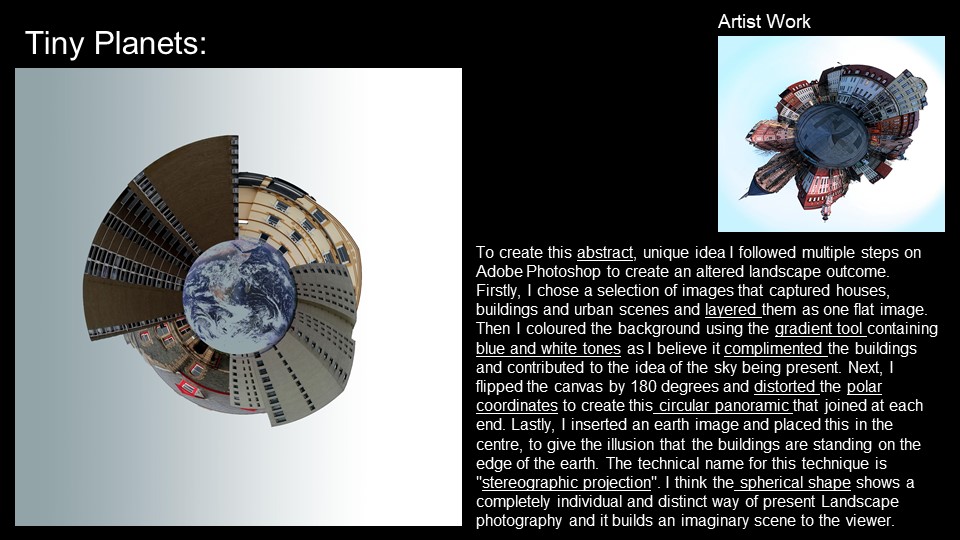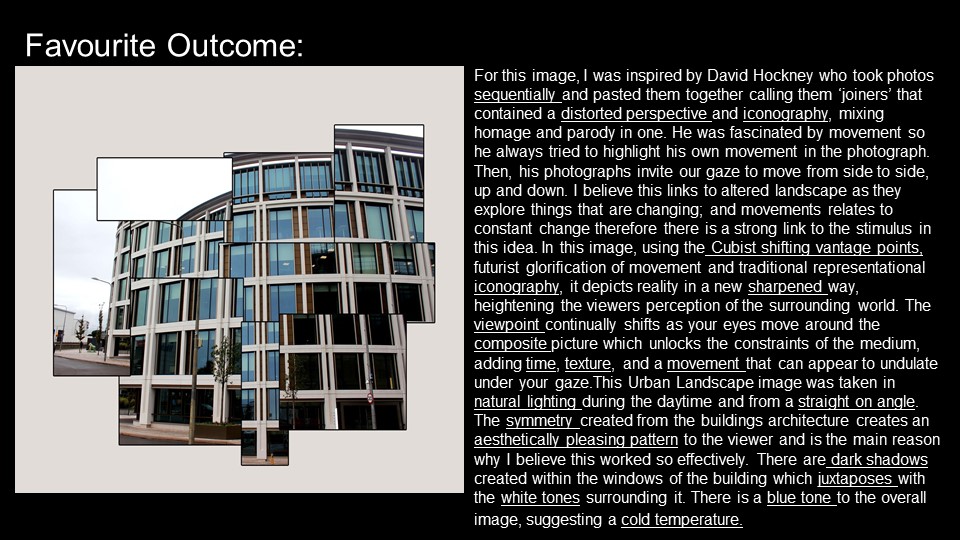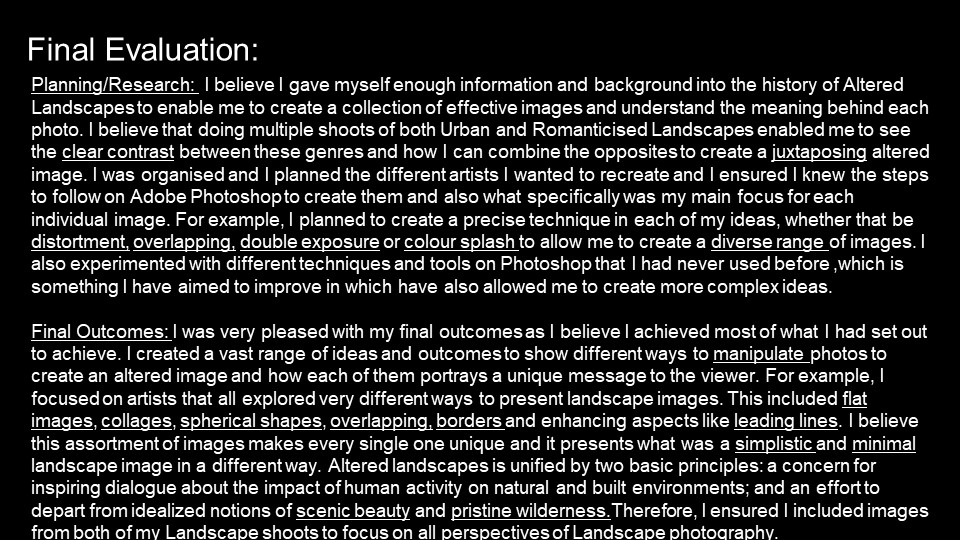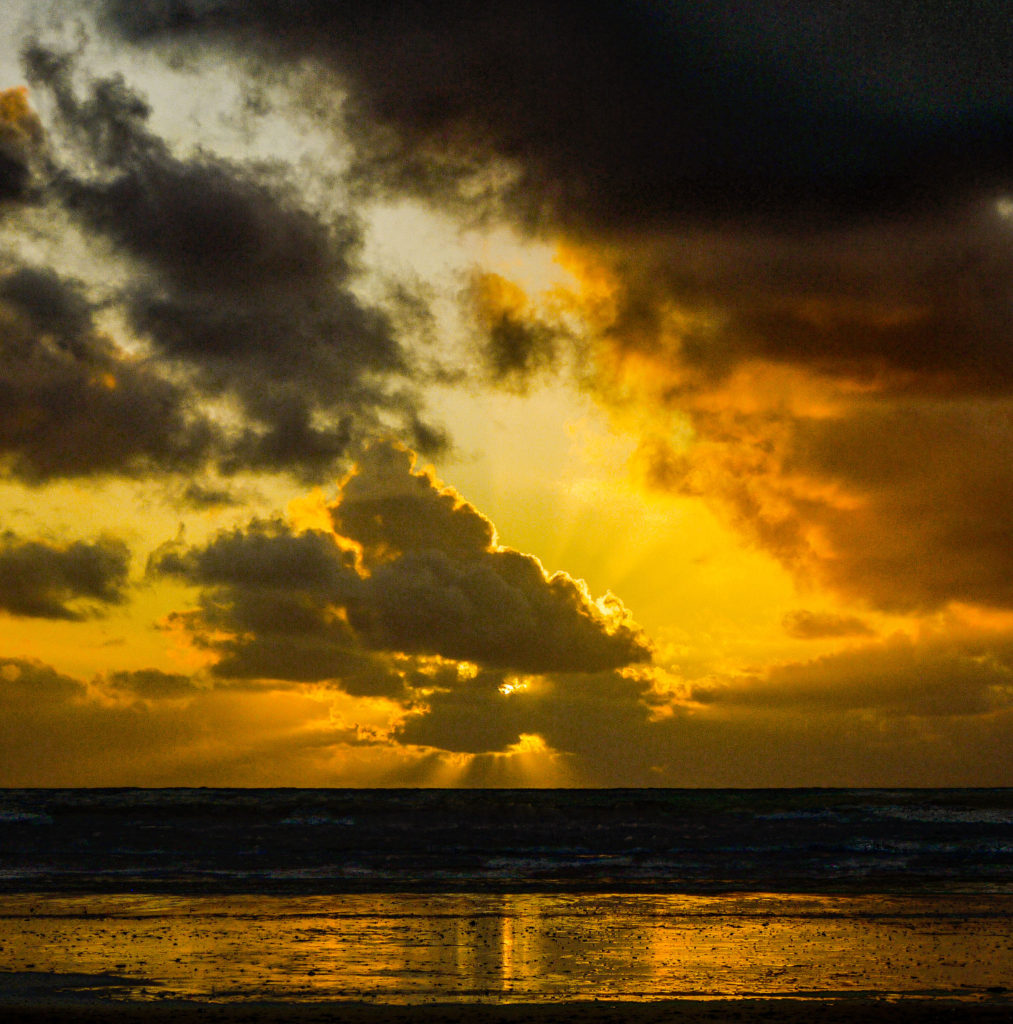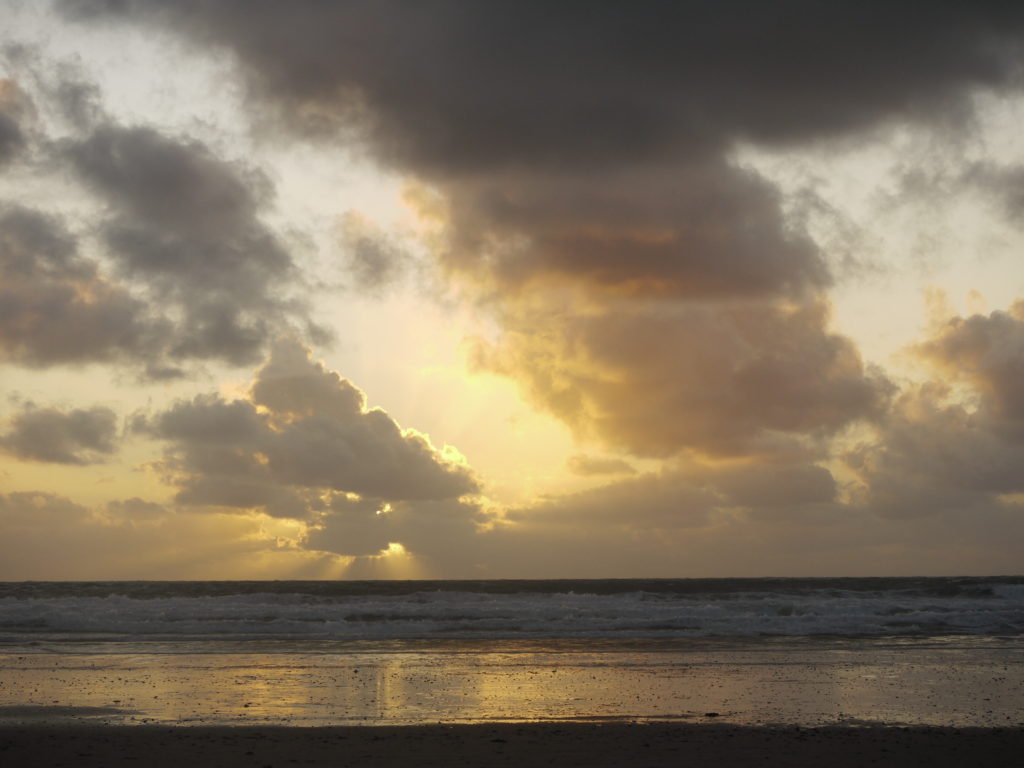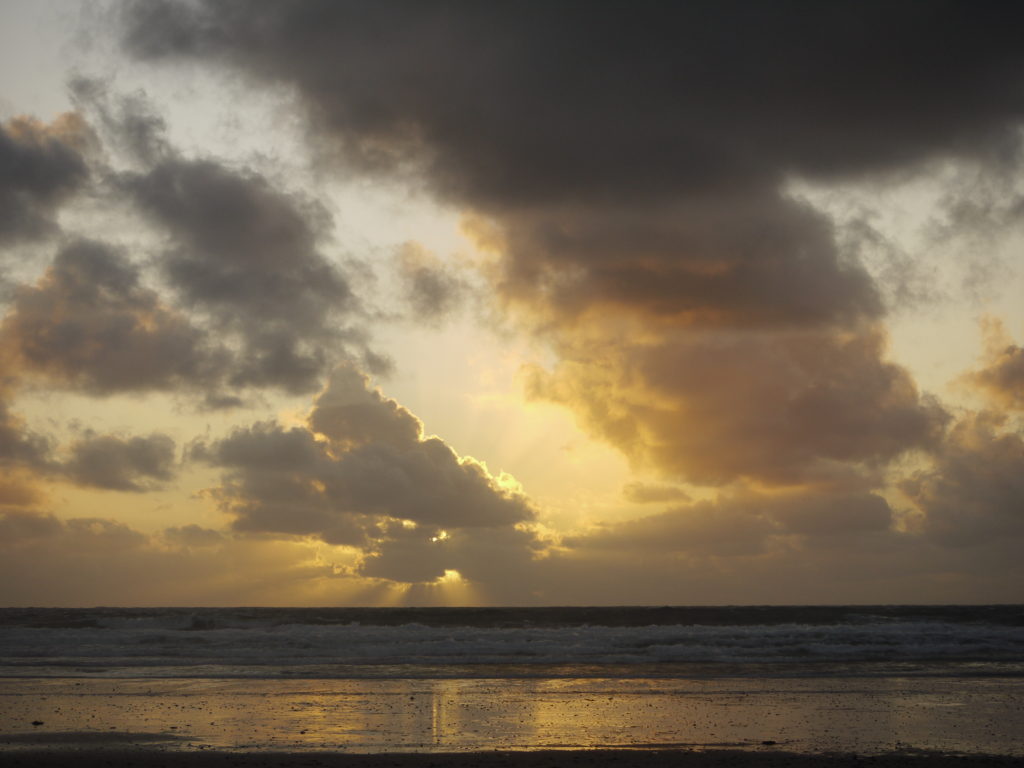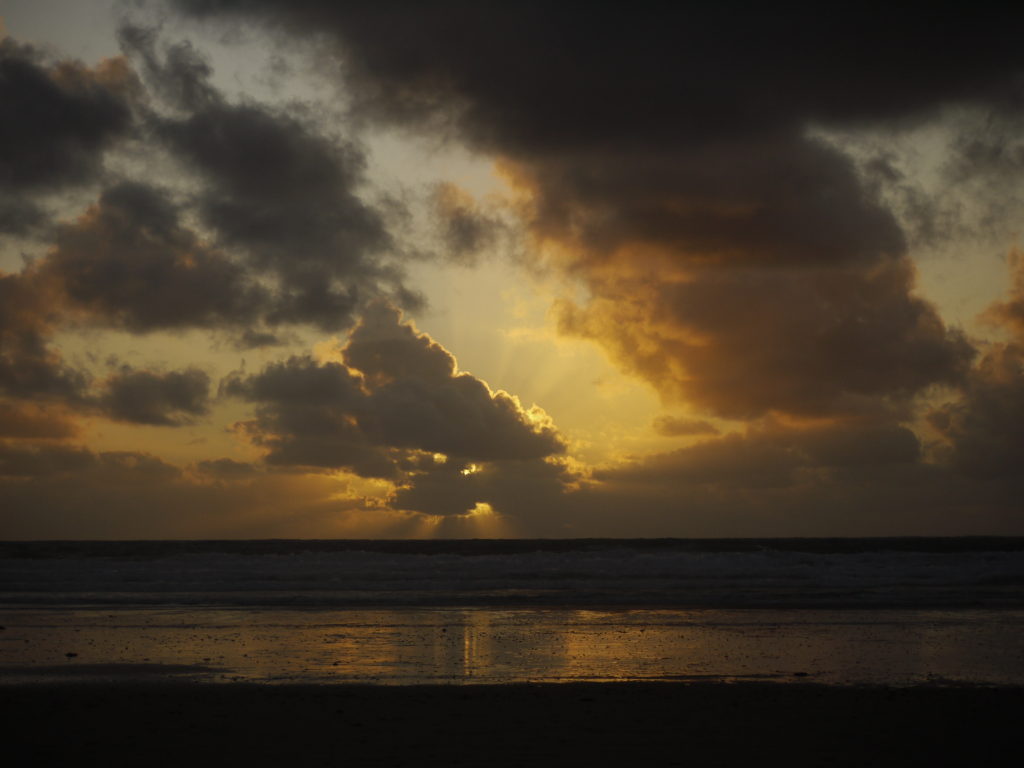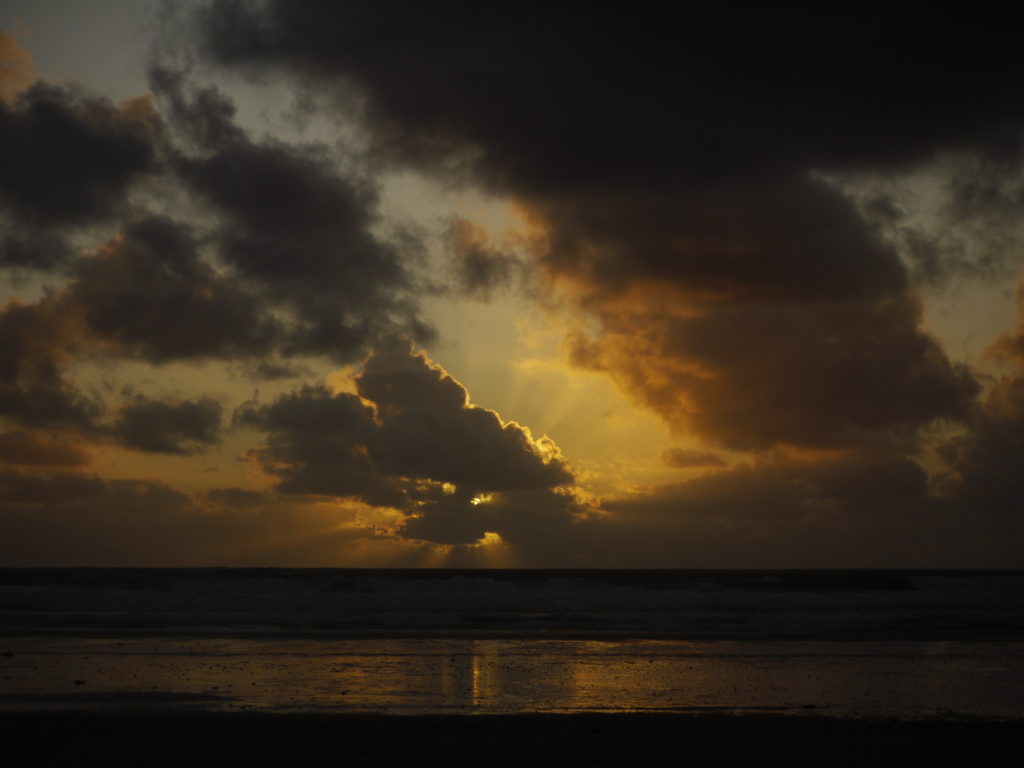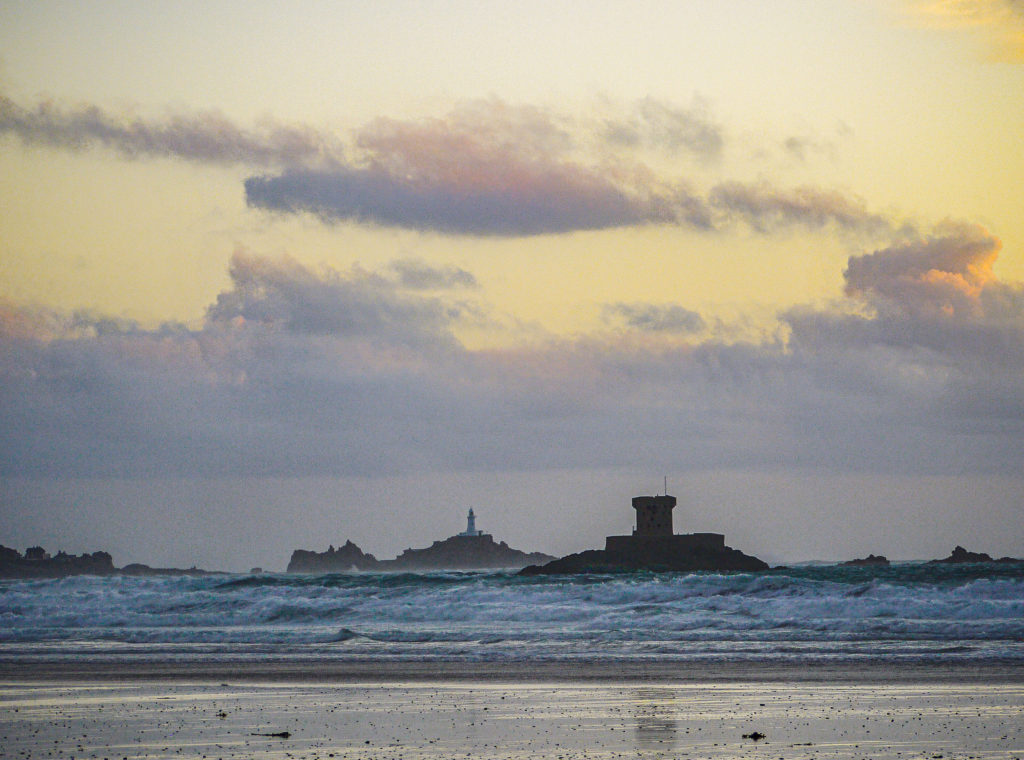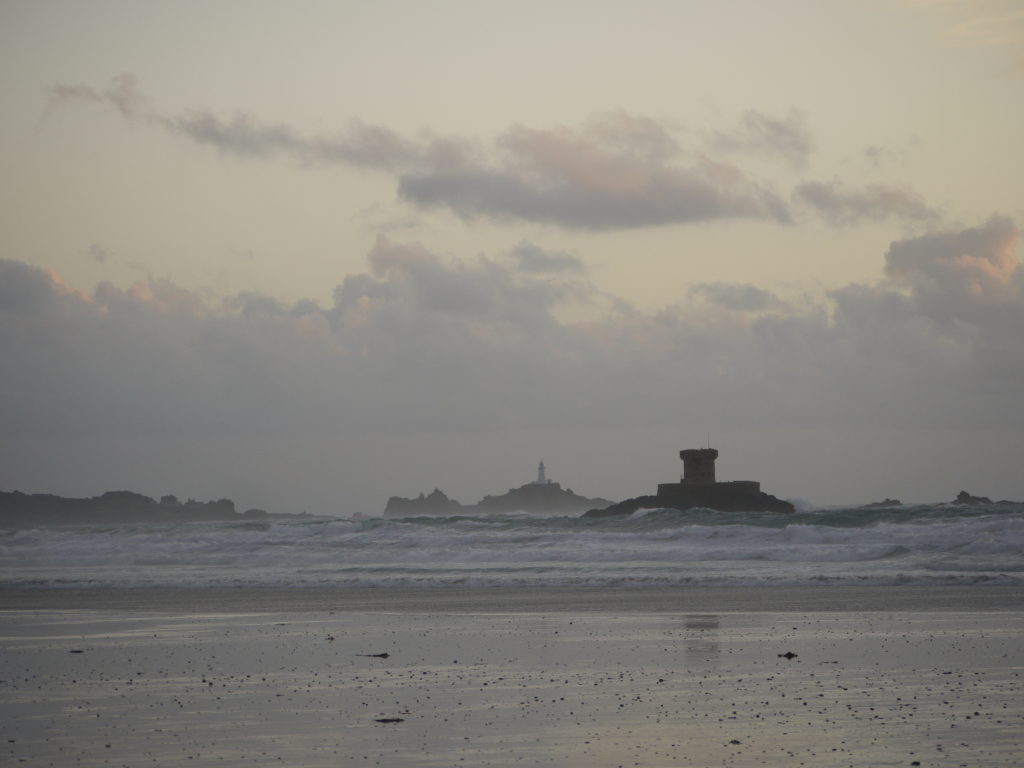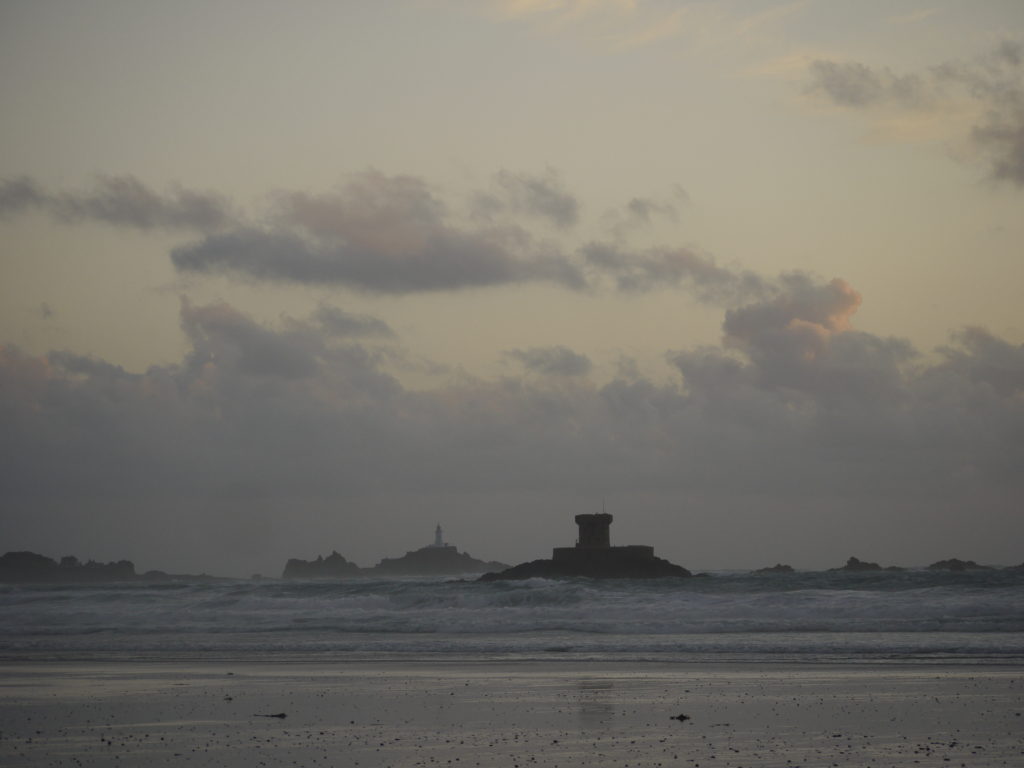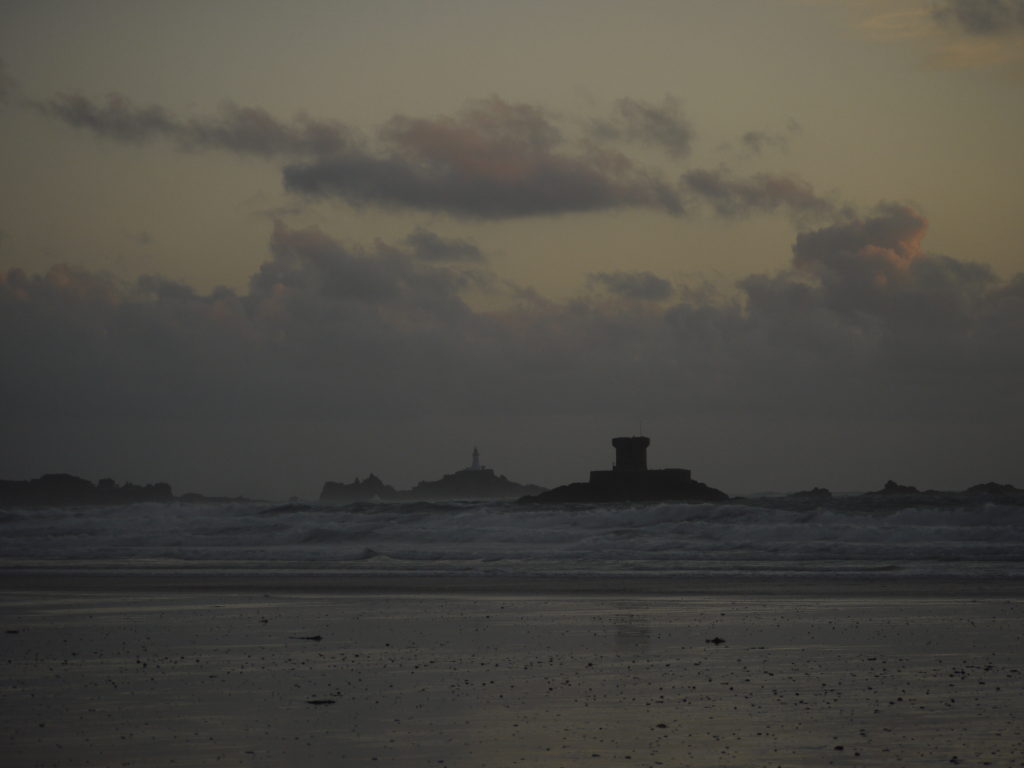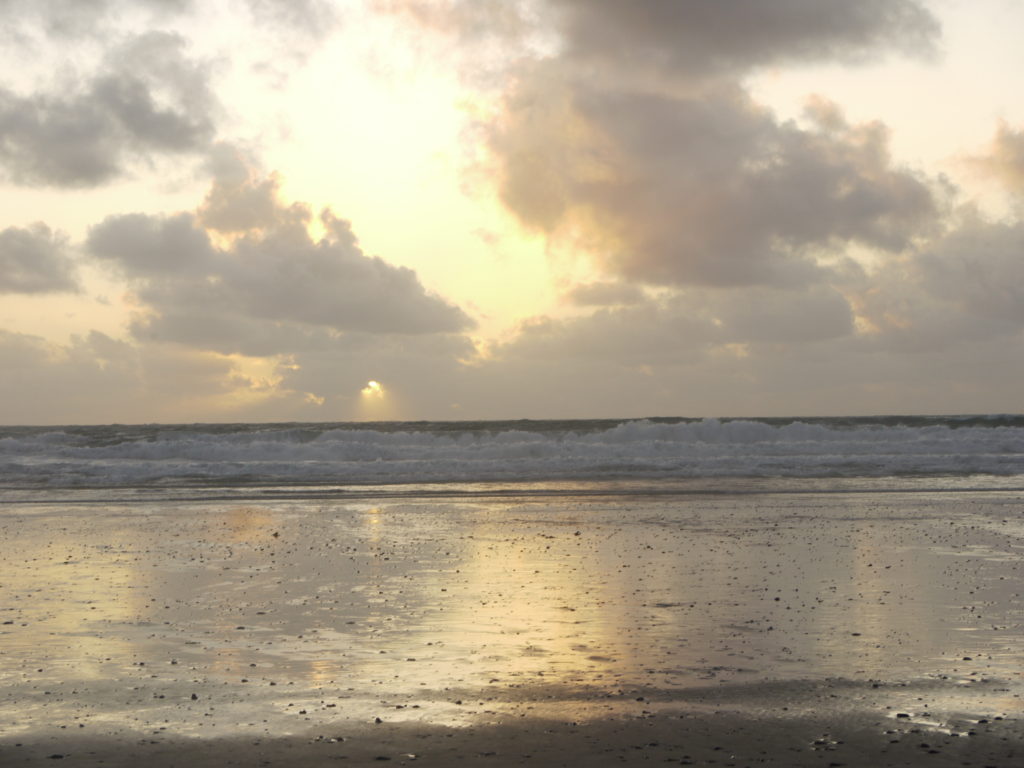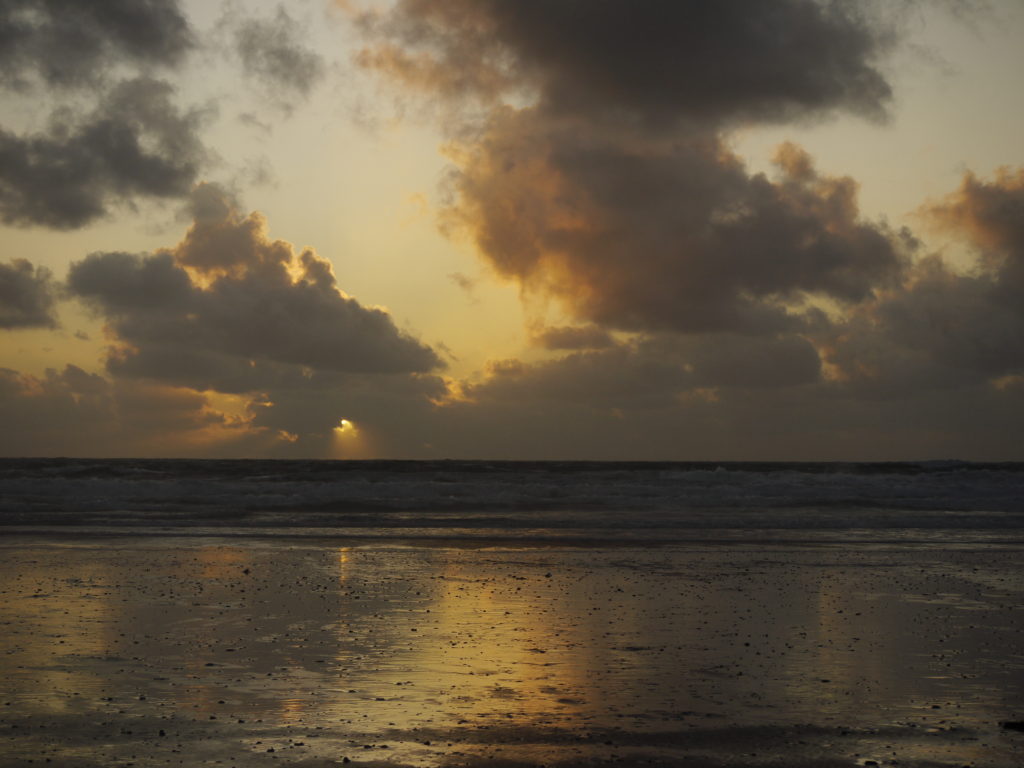
Ansel Adams became a well know photographer of the American West, particularly Yosemite National Park, using his work to promote conservation of wilderness areas. At age 12, he was given his first camera during his first visit to Yosemite National Park. His iconic black-and-white images helped to establish photography among the fine arts. His photography favored sharp focus and the use of the full tonal range of a photograph.

Between 1929 and 1942, Adams’s work matured, and he became more established. The 1930s were a particularly experimental and productive time for him. He expanded the technical range of his works, emphasizing detailed close-ups as well as large forms, from mountains to factories.

He and Fred Archer developed an exacting system of image-making called the Zone System, a method of achieving a desired final print through a deeply technical understanding of how tonal range is recorded and developed in exposure, negative development, and printing. The resulting clarity and depth of such images characterized his photography. This is how he achieved his dramatic photographic effects.

The zone system is a technique which allows photographers to translate light into specific densities and negatives which gives the photographer much more control over the look of their final product. Adams gained exposure by touring with his photographic works, giving seminars and publishing books.




